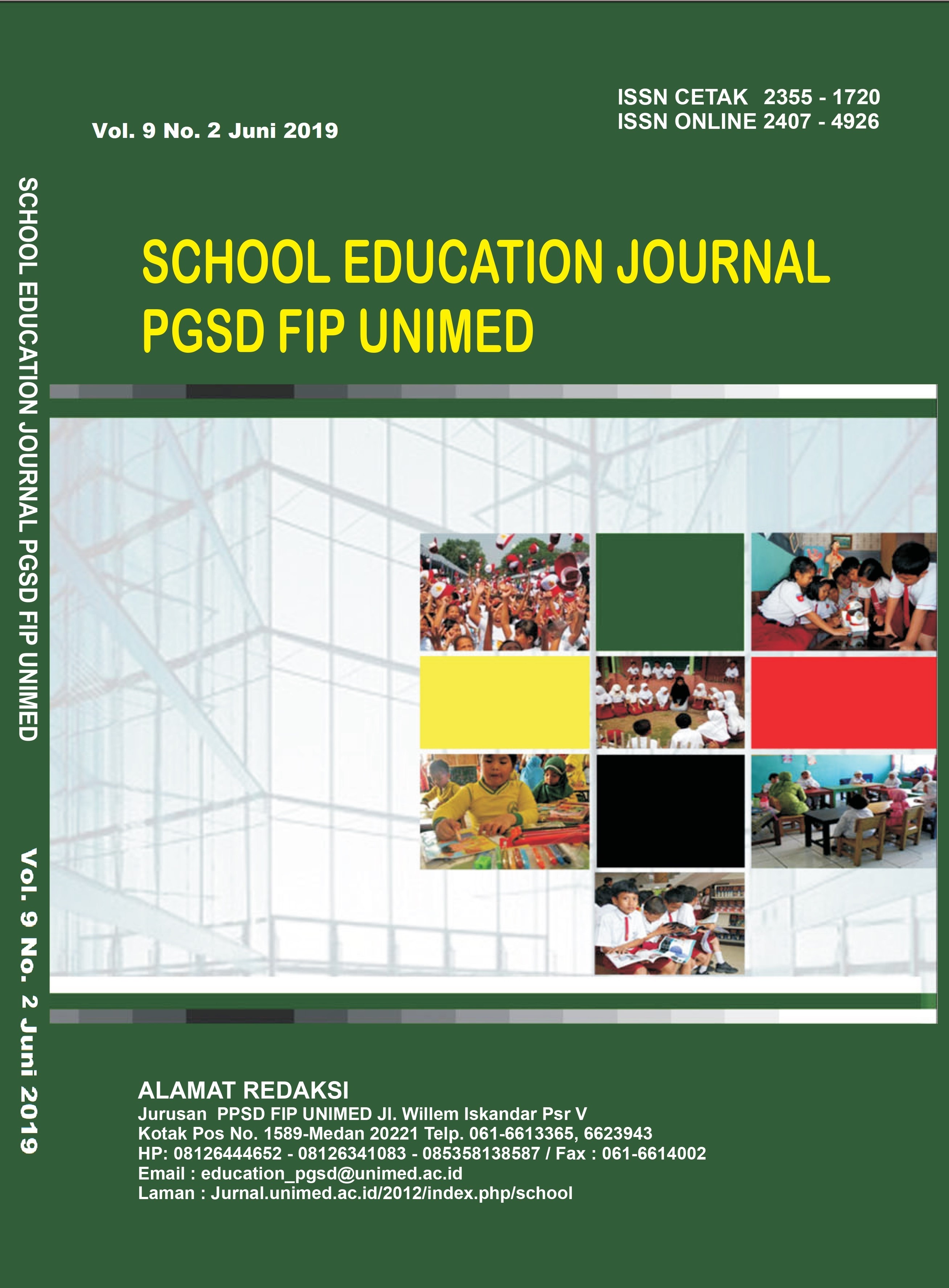UPAYA PENINGKATAN MOTIVASI BELAJAR SISWA PADA MATA PELAJARAN PENDIDIKAN AGAMA KRISTEN DI KELAS XI SMAN 2 BALIGE
DOI:
https://doi.org/10.24114/sejpgsd.v9i2.13706Abstract
This research was conducted in Class XI SMA Negeri 2 Balige. The goal is to take learning material on the Christian attitude in the development of science. The subject of this research was 28 students in Class XISMA Negeri 2 Balige. Student learning outcomes data were captured by pretest and post test. The results of the study concluded that using the jigsaw method can improve student learning motivation. Increasing student learning motivation in the pre-cycle is 50%,% (14 students) to 71.4% (20 students) in Cycle II, to 85.71% (25 students). According to the data above, it can be interpreted that learning motivation has been dominated by some 96.42% of students. Thus, looking at learning outcomes at the initial observation, there appears to be a significant percentage increase in completeness of student learning outcomes from 50% (14 students) to 71.4 % (20 students) in Cycle II, became 85.71% (25 students), becoming 96.42% (27 students). Based on the results of the study above the jigsaw method can increase student learning motivation, reduce students' boredom and saturation in learning and make students more active in learning. Keywords: Learning Motivation, ChristianityDownloads
Published
Issue
Section
License
Authors whose manuscripts are approved are approved as follows:
The publication rights for all journal manuscript materials published/published on the SEJ (School Education Journal) E-Journal site are held by the editorial board with the author's knowledge (moral rights remain with the manuscript authors).
The formal legal requirements for accessing this electronic digital journal article are subject to the terms of the Creative Commons Attribution-ShareAlike (CC BY) license, which means that E-Journal SEJ (School Education Journal) has the right to store, transfer media/format, manage in the form of a database, maintain, and publish articles without asking permission from the author as long as the author's name remains as the copyright owner.
Manuscripts published/published electronically are open access for educational, research, and library purposes.

